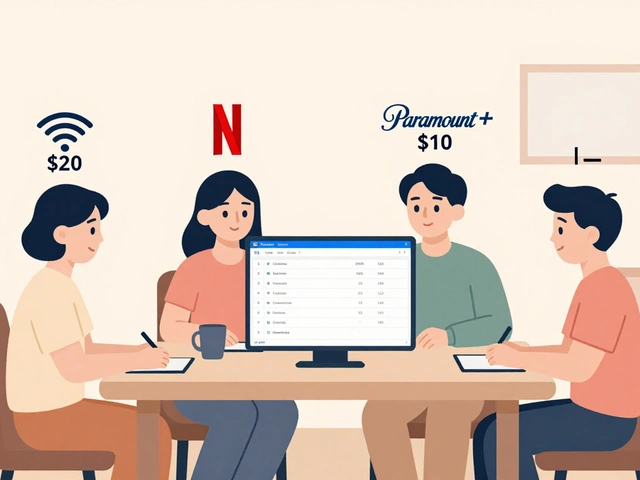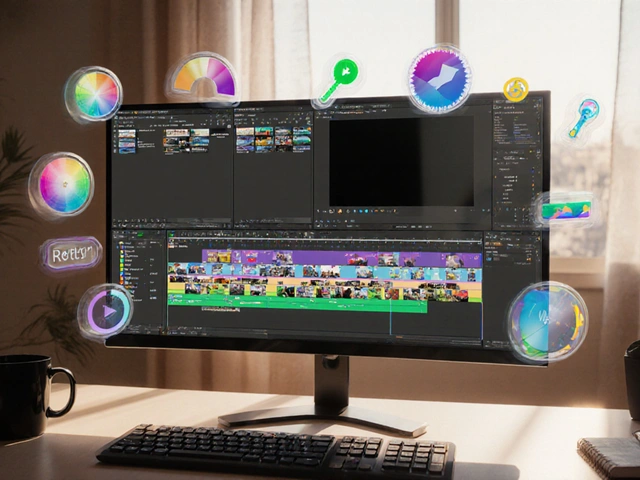Streaming Data – Real-Time Insights for Video and Media
Ever wonder how live video, online games, or social feeds stay up‑to‑date without a pause? That’s streaming data in action. Instead of waiting for a batch file, data flows continuously from the source to your app, letting you react in seconds.
For video creators, streaming data means you can see how many people are watching right now, which bitrate works best, and when a viewer drops off. Those numbers help you tweak the stream on the fly and keep the audience happy.
Key Parts of a Streaming Data System
Every good streaming setup has four building blocks:
- Source: the device or service that generates data – cameras, sensors, user clicks, or a CDN.
- Ingestion: a broker that captures the flow. Popular choices are Apache Kafka, Amazon Kinesis, and Google Pub/Sub.
- Processing: the engine that transforms raw events into useful info. You’ll see tools like Apache Flink, Spark Streaming, or even simple serverless functions.
- Storage & Visualization: Where you keep the results and show them on dashboards. Time‑series databases (InfluxDB, Timescale) and BI tools (Grafana, Tableau) do the heavy lifting.
Keeping these parts in sync is the secret sauce. If your broker dries up, the whole pipeline stalls. If your processor can’t keep up, you’ll see lag and lose real‑time value.
Simple Steps to Start Your Own Stream
1. Pick a source. For a video test, use a webcam that ships frames as JSON with resolution, bitrate, and timestamp.
2. Set up a broker. Spin up a single‑node Kafka on your laptop. It’s free, open‑source, and scales later if you need more power.
3. Write a tiny processor. A Python script using Faust (a Kafka‑native stream library) can read each frame event, calculate average bitrate, and push the result to another topic.
4. Store the results. Connect the output topic to InfluxDB. You’ll get a time‑series table you can query with simple SELECT statements.
5. Build a dashboard. Hook Grafana to InfluxDB, add a graph for “average bitrate” and a counter for “active viewers”. You’ll see live numbers within seconds.
That’s it – a full streaming pipeline in under an hour. You can replace any component with a cloud‑managed service once you’re comfortable.
When you move to production, remember a few best practices:
- Schema evolution. Keep your event format versioned, so new fields don’t break old consumers.
- Backpressure handling. If processing slows, let the broker buffer or drop low‑priority events.
- Monitoring. Track lag (how far behind the consumer is) and set alerts before it hurts user experience.
- Security. Use TLS for data in transit and proper ACLs on your broker.
Streaming data isn’t just for big tech. Small creators can use it to gauge viewer engagement, advertisers can track click‑through rates instantly, and developers can power live chat moderation with millisecond speed.
Bottom line: treat streaming data like a river – you don’t wait for the whole flow to arrive, you dip your bucket in as it moves. Start with a simple Kafka‑Flink‑Influx stack, add monitoring, and you’ll be making real‑time decisions before your coffee cools.
22
How Much Data Does a 10‑Minute YouTube Video Use?
Find out exactly how many megabytes a 10‑minute YouTube video consumes, compare resolutions, and learn practical tips to keep your data in check.
Latest Posts
Popular Posts
-
 IMDb’s Top 250 Explained: Why The Shawshank Redemption Still Reigns
IMDb’s Top 250 Explained: Why The Shawshank Redemption Still Reigns
-
 Parental Controls on Free Streaming Apps: How to Keep Kids Safe Online
Parental Controls on Free Streaming Apps: How to Keep Kids Safe Online
-
 How Roommates Can Fairly Share Wi-Fi and Streaming Costs
How Roommates Can Fairly Share Wi-Fi and Streaming Costs
-
 Taxes and Currency: How International Streaming Billing Works
Taxes and Currency: How International Streaming Billing Works
-
 Lord of the Rings: The Rings of Power on Prime Video - What to Know in 2025
Lord of the Rings: The Rings of Power on Prime Video - What to Know in 2025



